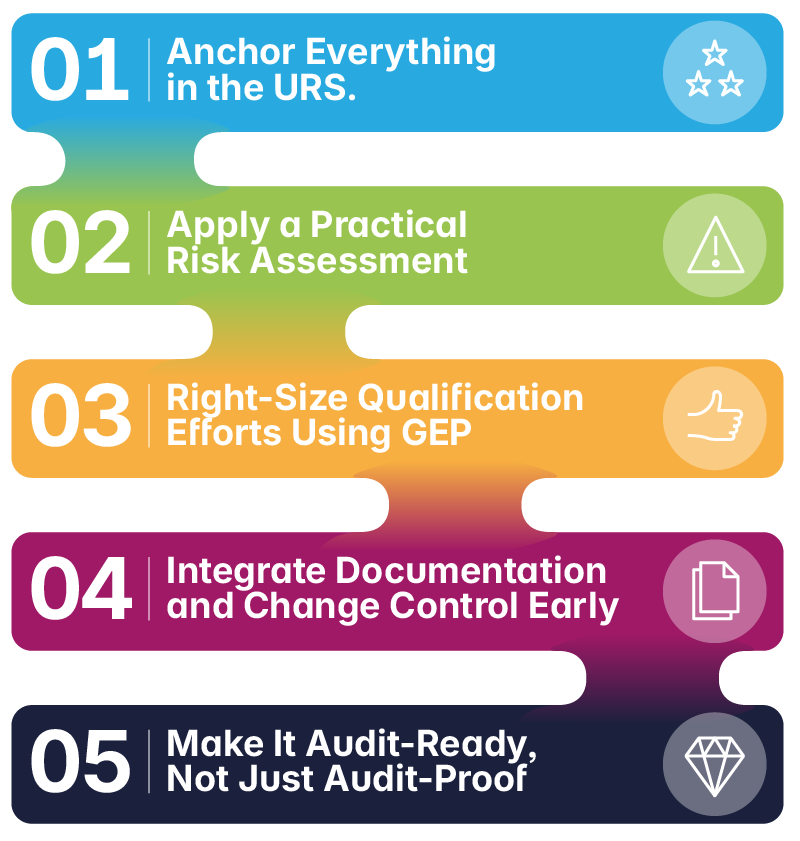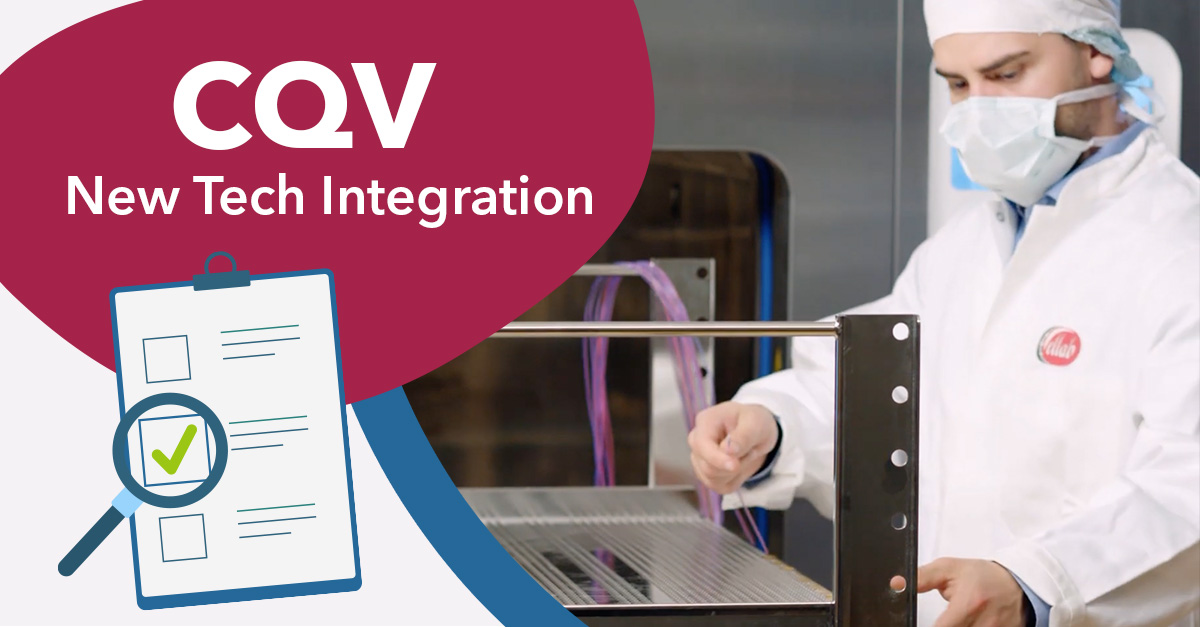Validation
How to Put Risk-Based CQV Strategies Into Practice (Even When Your Project Is Already Moving)

Everyone agrees that risk-based CQV (Commissioning, Qualification, and Validation) strategies are the modern, efficient path forward.
But for teams already in the trenches of a project, the shift feels unrealistic. With timelines accelerating, budgets shrinking, and legacy expectations pressing in, how can you apply a risk-based approach without starting over?
The good news: You don’t have to. This article outlines five practical steps for integrating risk-based CQV strategies into active projects, with real-world tactics and globally accepted guidance. It also builds on the key principles covered in our foundational blog post, “How Can Risk-Based CQV Services Boost Efficiency and Ensure Compliance Fast?”
If your team is looking to reduce overqualification, modernize your approach, or defend your validation decisions with confidence, this article is your next step forward.





